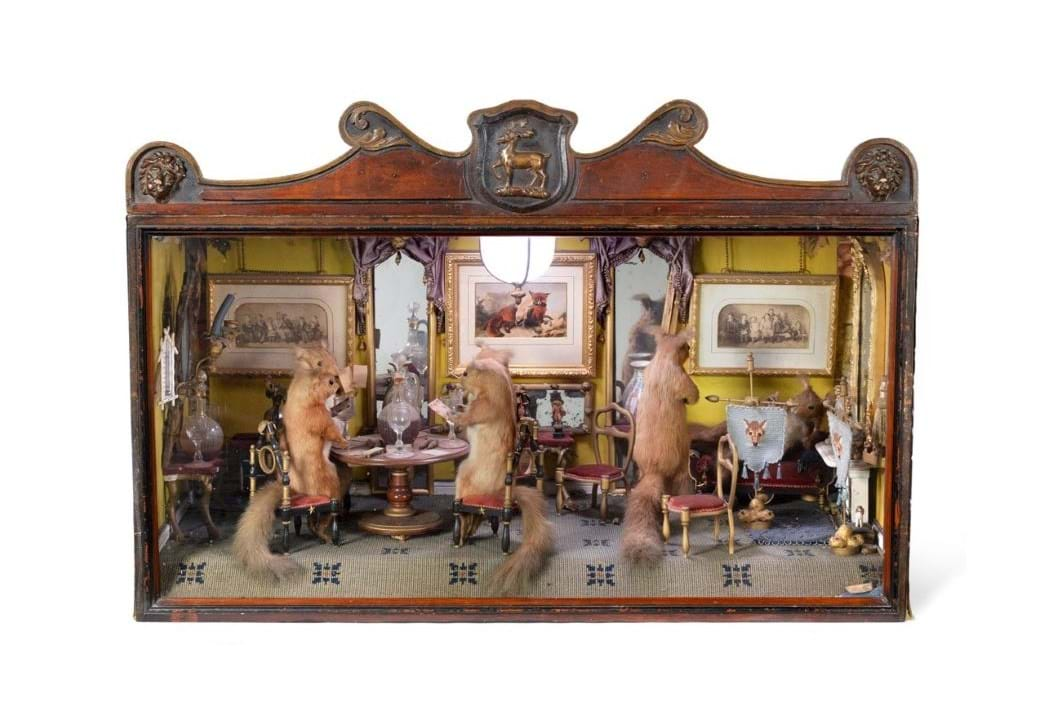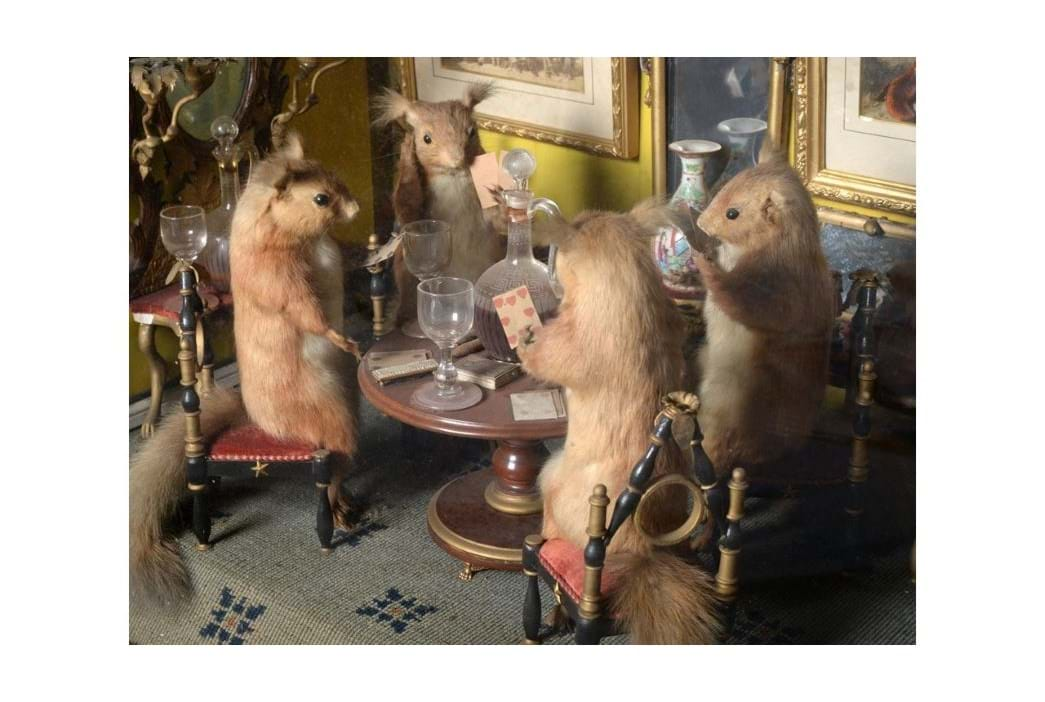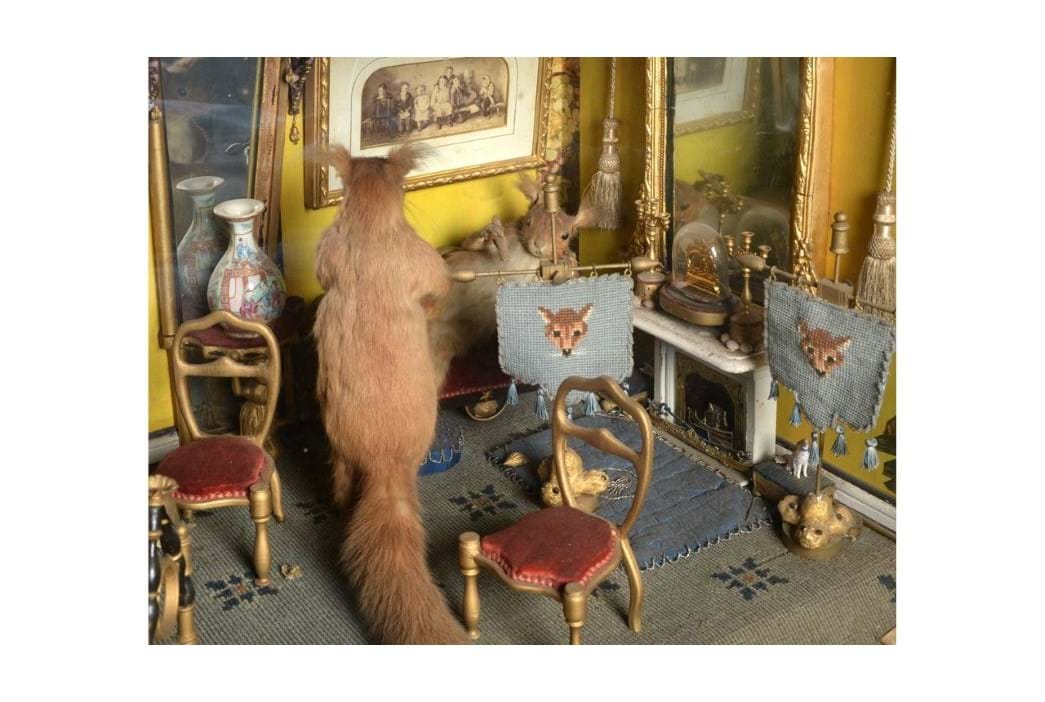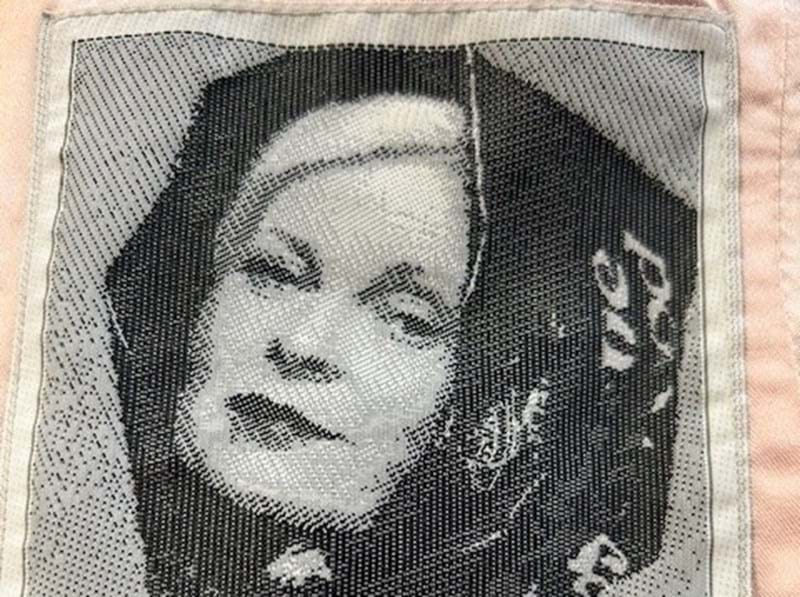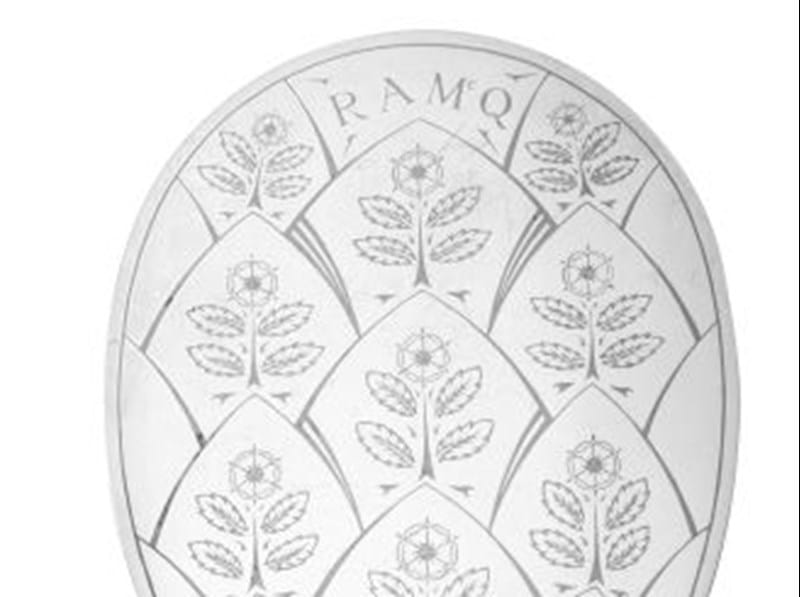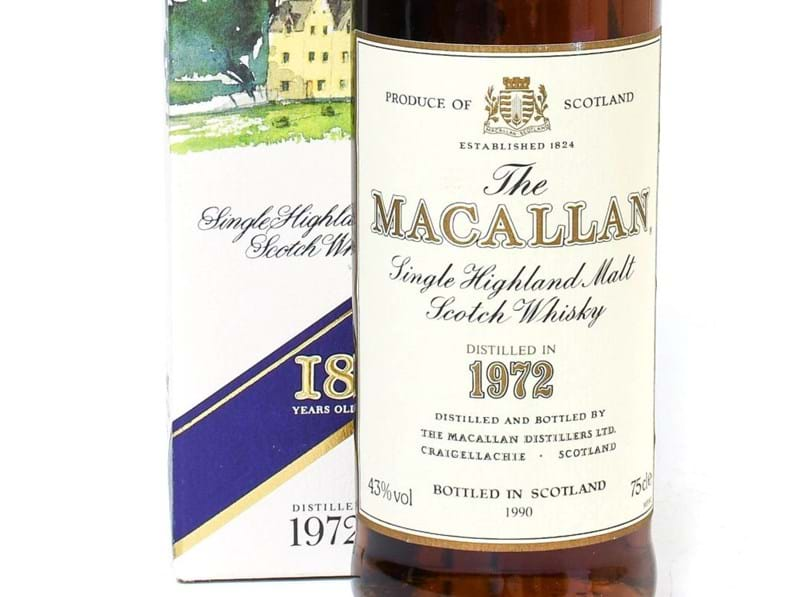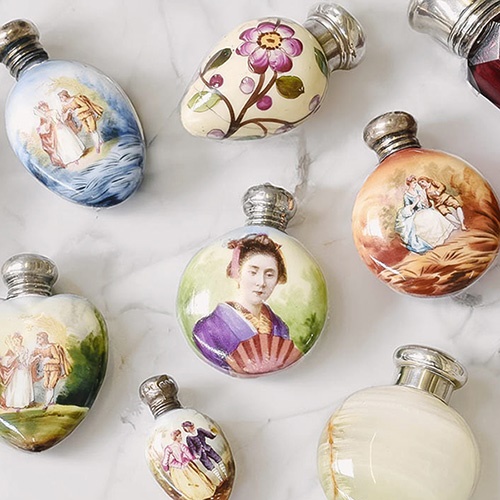Once described as out of fashion and in bad taste, the art of dressing and arranging animals in human guise married the Victorian passions of whimsical fantasy, natural history and the macabre.
Anthropomorphic Taxidermy came to the fore in the mid-19th century. Hermann Ploucquet, taxidermist for the Royal Museum, Stuttgart and a scientist with an artistic eye, brought his anthropomorphic taxidermy tableaux to the 1851 Great Exhibition at Crystal Palace, where they were much admired by the visitors. Indeed, Queen Victoria described them in her diary as ‘Really Marvellous’. The allegorical dioramas mimicked popular paintings of the time, and his scenes included weasels disciplining a class full of rabbits, ice skating hedgehogs and duelling dormice.
Walter Potter is perhaps the most widely known anthropomorphic taxidermist who created vast numbers of stuffed creatures dressed in human form. It is thought that Potter only used previously deceased animals and was largely self-taught. Circa 1854, Potter began creating the mounts for an elaborate, large-scale tableau using preserved animals to depict the nursery rhyme Who Killed Cock Robin? The display, entitled The Original Death & Burial of Cock Robin, was completed in 1861 and incorporated specimens of 98 British bird species. It was placed on display in the White Lion Inn, Bramber, Sussex which was owned by his father. Potter went on to open his own private museum in Bramber. His creations lacked anatomical correctness, but they were extraordinarily detailed.
The collection of Walter Potters museum, which held around 10,000 specimens, was closed and auctioned in 2003 by Bonhams, the auction taking place at Jamaica Inn on Bodmin Moor. This sale realised in excess of £500,000, and many of his creations can now be found in collections around the world, such as the Victoria & Albert Museum.
Many other taxidermist’s throughout history have attempted to imitate such curious display but none with quite the success of Ploucquet and Potter.


